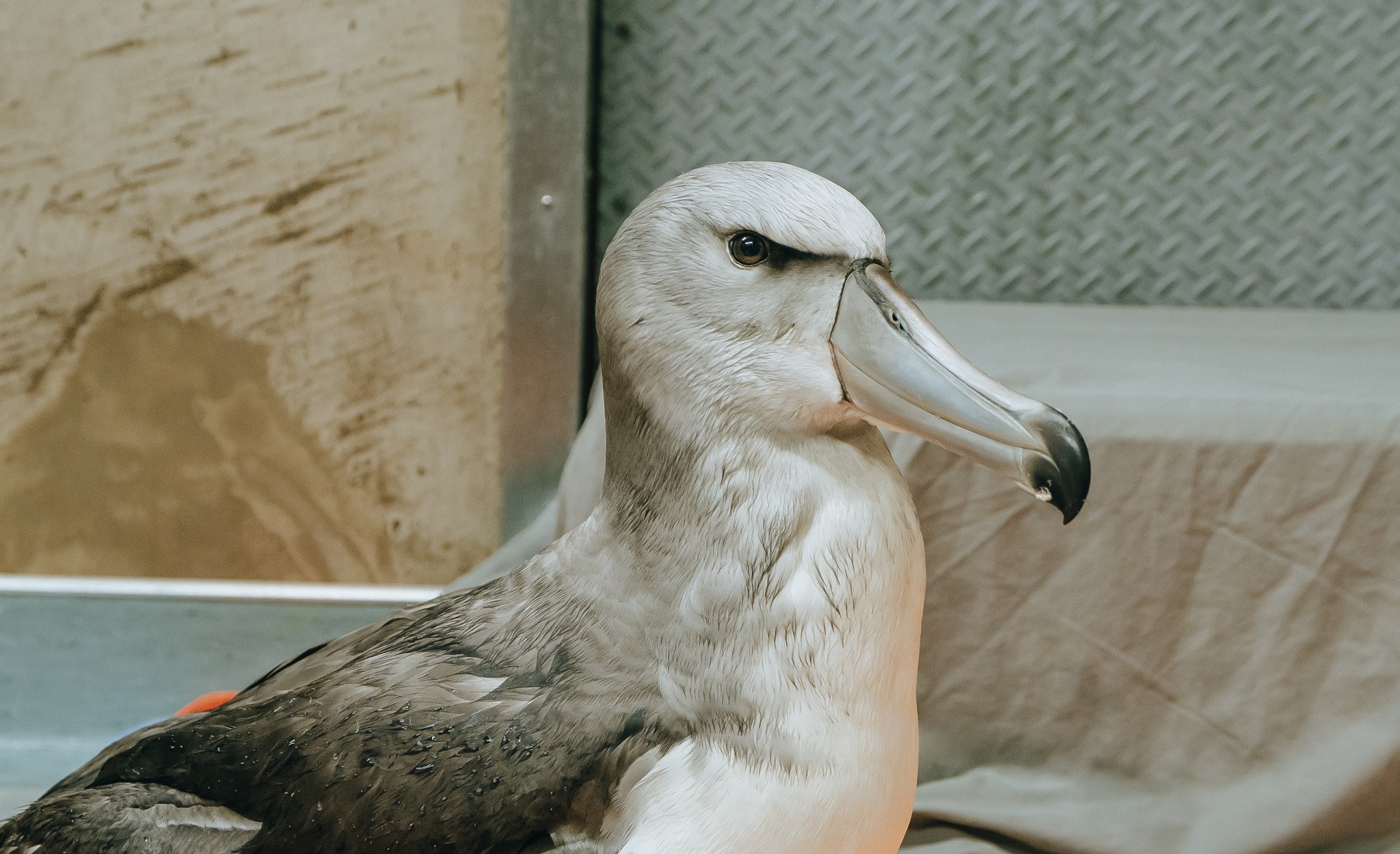 The juvenile Salvin’s Albatross at Auckland Zoo
The juvenile Salvin’s Albatross at Auckland Zoo
A Vulnerable Salvin's Albatross Thalassarche salvini has been given a second chance at life. The bird was found “struggling in the surf” on Te Oneroa-a-Tohe/Ninety Mile Beach on the west coast of New Zealand’s North Island. The bird, a juvenile, was collected by the Department of Conservation (DOC) and transported by air to the Auckland Zoo’s veterinary hospital. Initial blood tests revealed a profoundly elevated white blood cell count and treatment was started immediately. Once stabilised, the albatross was anaesthetised so that X-rays and an endoscopy could be performed.
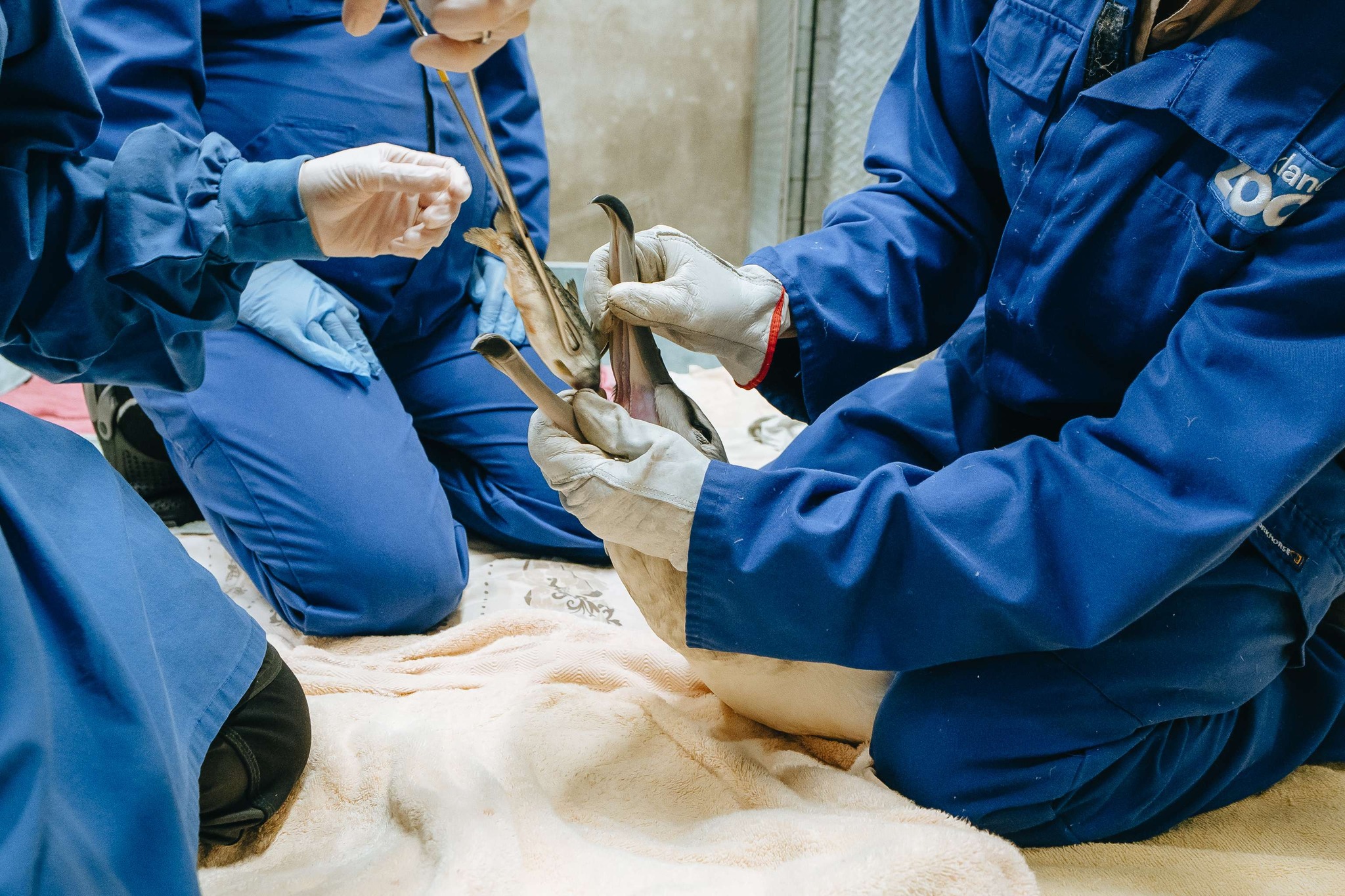
Fish supper!
The Zoo’s senior vet said that during hospitalisation, the heavy mass of an albatross makes them susceptible to developing sores on the soles of their feet – known as pododermatitis. “Preventing damage of their plumage is also essential, not just for flight but also for their ability to thermoregulate and remain waterproofed. During rehabilitation, they must be kept on padded flooring, in a large enough space to allow wing extension, and with access to a clean pool. Albatross do not feed when on land and require assisted feeding.”
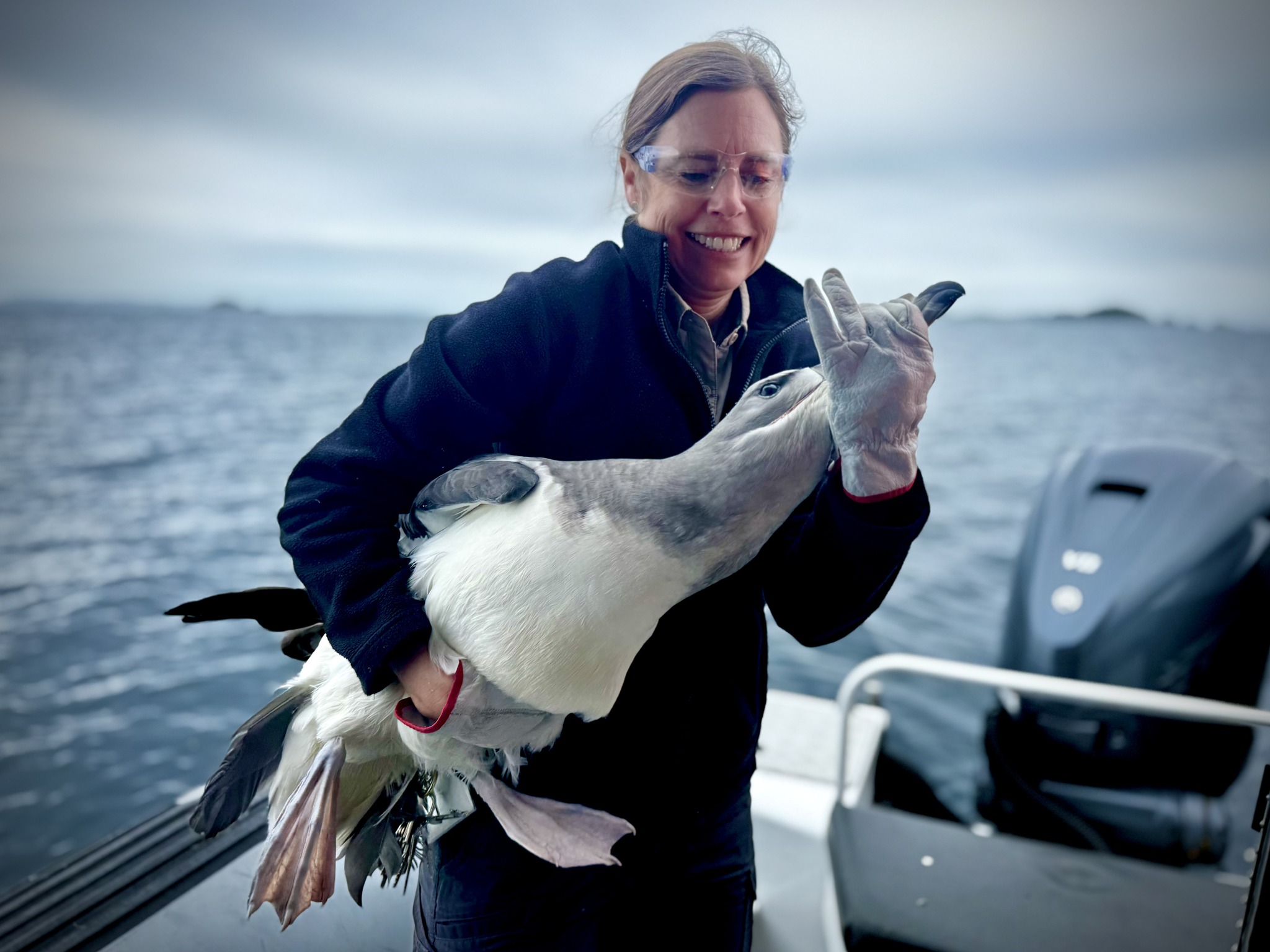
Ready for release at sea
After weeks of treatment and care, the juvenile (thought to be six months old) had gained over 1 kg, and was given a clean bill of health. In early October, members of Auckland Zoo vet team and DOC released the bird, named Tamarāwaho, into deep waters in Auckland’s Hauraki Gulf.
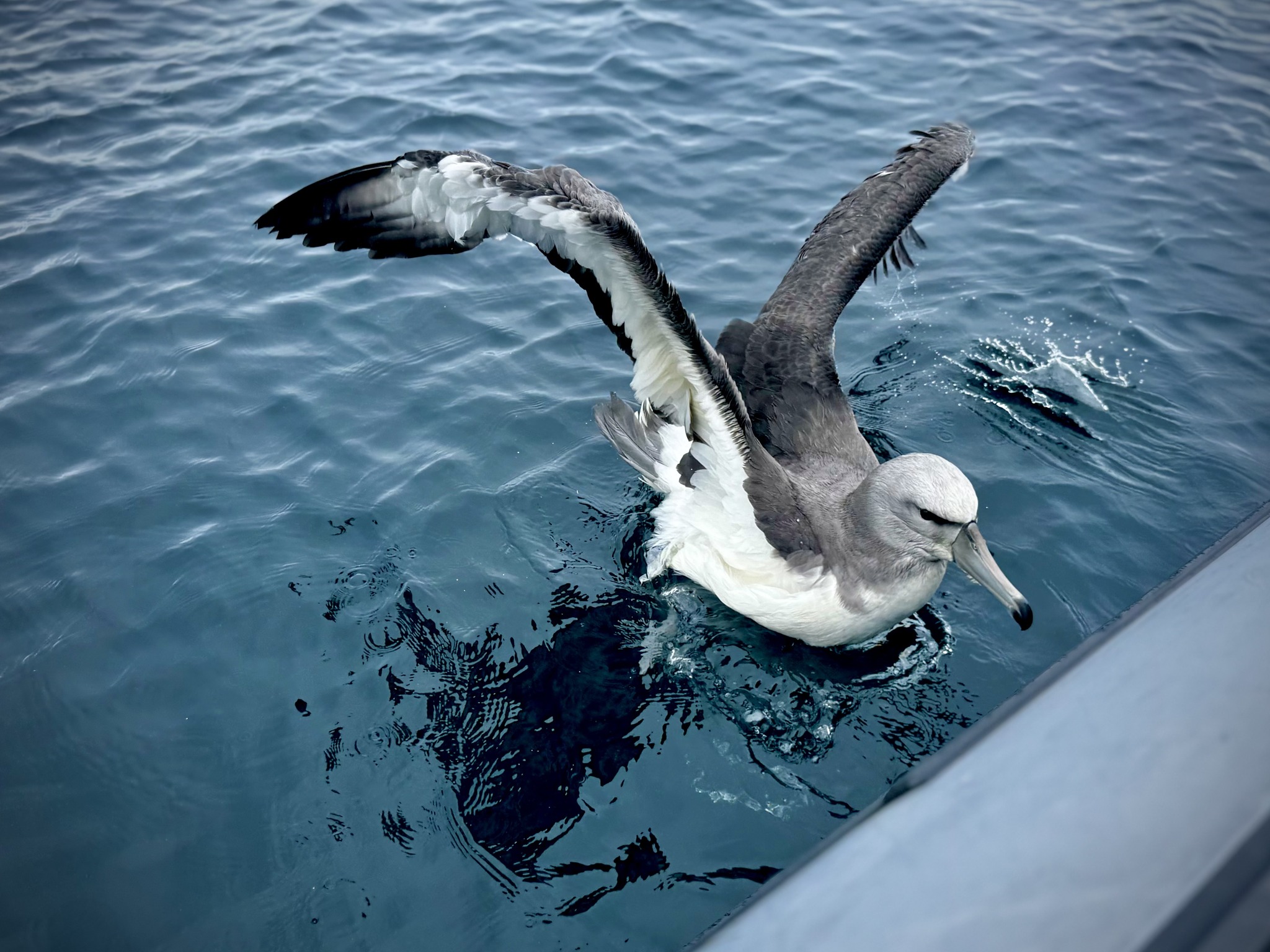
Back in the water
Information and photographs from the Facebook page of the Auckland Zoo.
John Cooper, Emeritus Information Officer, Agreement on the Conservation of Albatrosses and Petrels, 23 October 2025
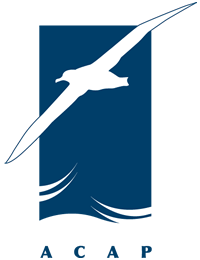
 Español
Español  English
English  Français
Français